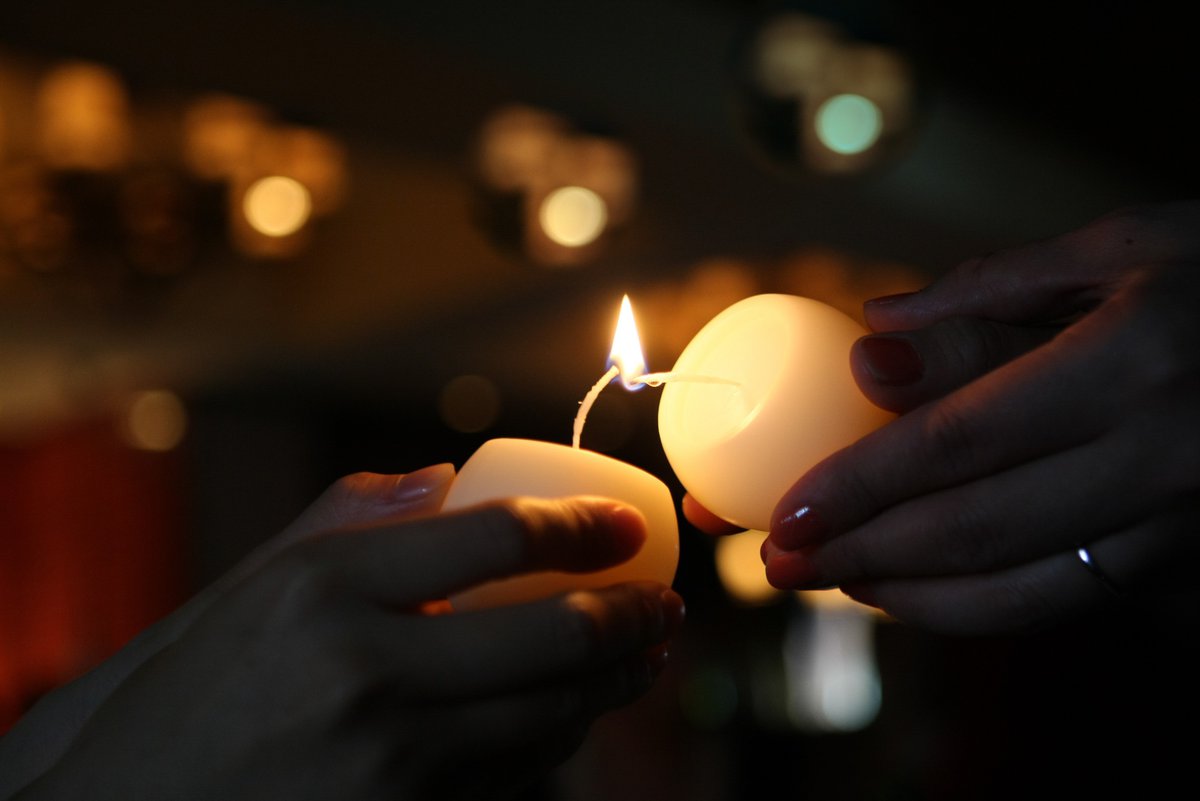Returning the ‘hallows’ to Halloween

What has become a ghoulish festival of the dead was once a celebration of the lives of the saints. It’s time for Christians to reclaim All Hallows’ Eve, says Fr Lee Taylor, who is marking the evening with a positive alternative to spooky goings-on at his church in Llangollen on October 31.
The word “Halloween” derives from an old English phrase, “All Hallows’ Eve. It marks the evening before All Hallows’ Day or All Saints’ Day which is celebrated on November 1st.
The observance of All Hallows has its roots in the ancient Gaelic festival of Samhain, which marked the end of the long periods of daylight and the beginning of the dark half of the year.
The feasts of All Hallows and All Souls are linked together and most probably have their origin as a Christianised version of Samhain.
So, why observe the feast the evening before? The liturgical day is framed after the Hebraic pattern that begins and ends at sundown each day. So the rites that celebrate All Hallows begin after sundown the day before: All Hallows’ Eve.
It was tradition in the Middle Ages for children to mark the beginning of this feast by “souling” on All Hallows’ Eve in a similar fashion to carol singing, in which they would go door to door and ask for alms or “soul cakes” and offer to pray for the dead. It some places, it was also the practice on All Hallows’ Eve to honour dead saints and then go and visit the hallowed ground upon which past family members have been laid to rest. It was (and still is in many European countries today) common to light red votive candles to decorate the graves of the beloved departed. This is something we have observed here at St Collen’s in previous years.
Although the celebration of All Hallows’ (All Saints’) and the commemoration of All Souls’ are, in some ways, linked together they also have their own unique focus. All Saints’ Day is a celebration in which the whole Church gives thanks for all the courageous men and women throughout the ages who listened and responded to God’s call to holiness. It is a reminder to us that every time we gather together around the Lord’s table we are reaching out in fellowship across time and eternity, joining in with the communion of saints offering holy worship to God. It is a time to be encouraged by the example of the saints.
All Souls Day, which follows on November 2nd, is usually a more solemn occasion. It’s an opportunity to remember those who have died more recently, those known personally to us, especially those who have encouraged us and nurtured us in faith. Isidore of Seville compiled a liturgy for the dead and in the year 998 he set the date of 2nd November for the observance of All Souls’ Day.

To mark All Hallows’ Eve at St Collen’s Church there will be a spiritual and historical tour of the church by candlelight which will explore the history of All Hallows’ Eve. Light is a powerful symbol in Christian tradition. It is a symbol of comfort, warmth and protection. Jesus said, “I am the light of the world, those who follow me will never walk in darkness, I will give them plenty of light to live in.” Jesus can help and guide us when we are afraid. This event will focus on that light and be a positive alternative to the spookier activities of Halloween.
- The evening begins at 6.30pm on October 31. Tickets cost £10 (£8 conc). For more information, tel: 01978 861768.

Fr Lee is priest-in-charge of Valle Crucis Mission Area in the Diocese of St Asaph